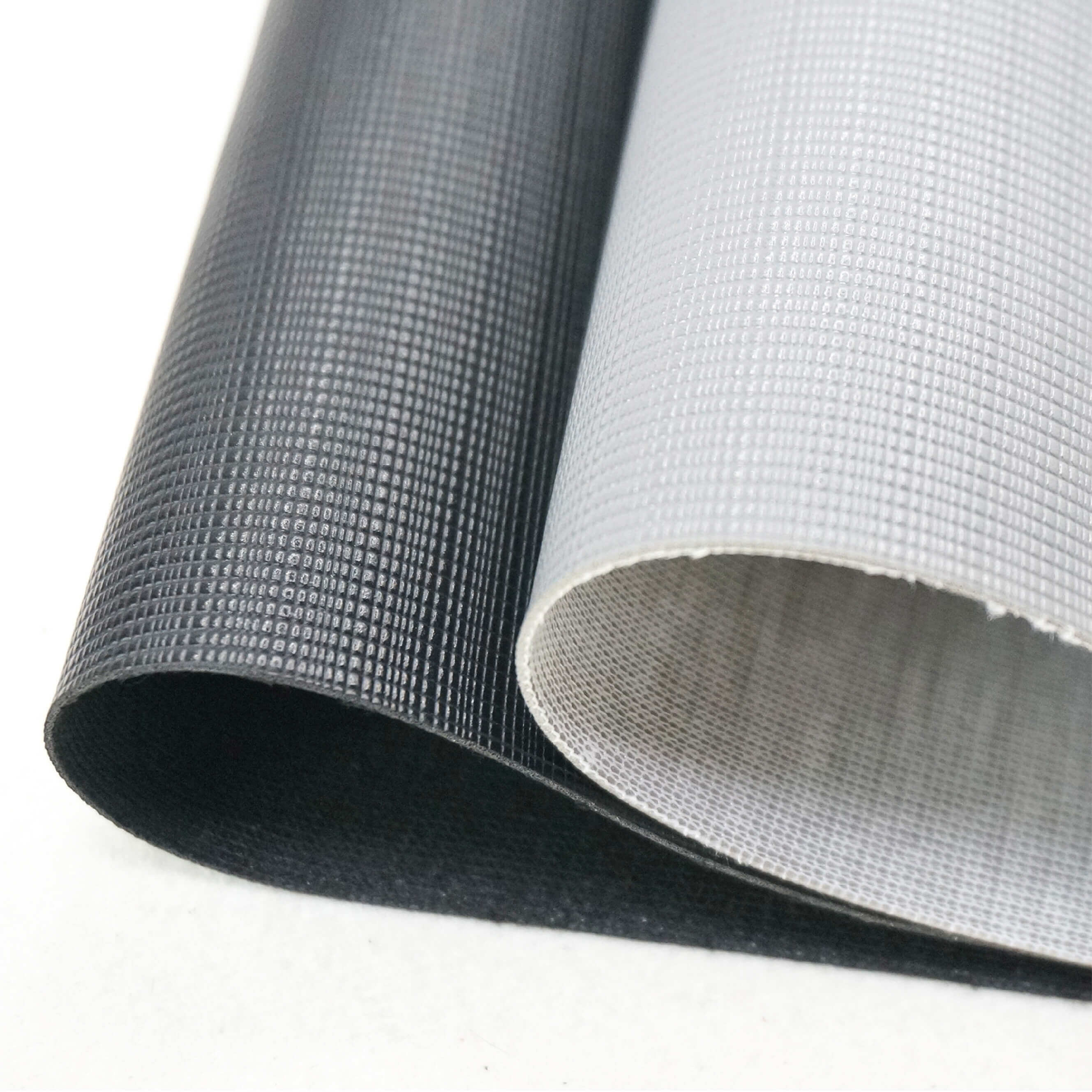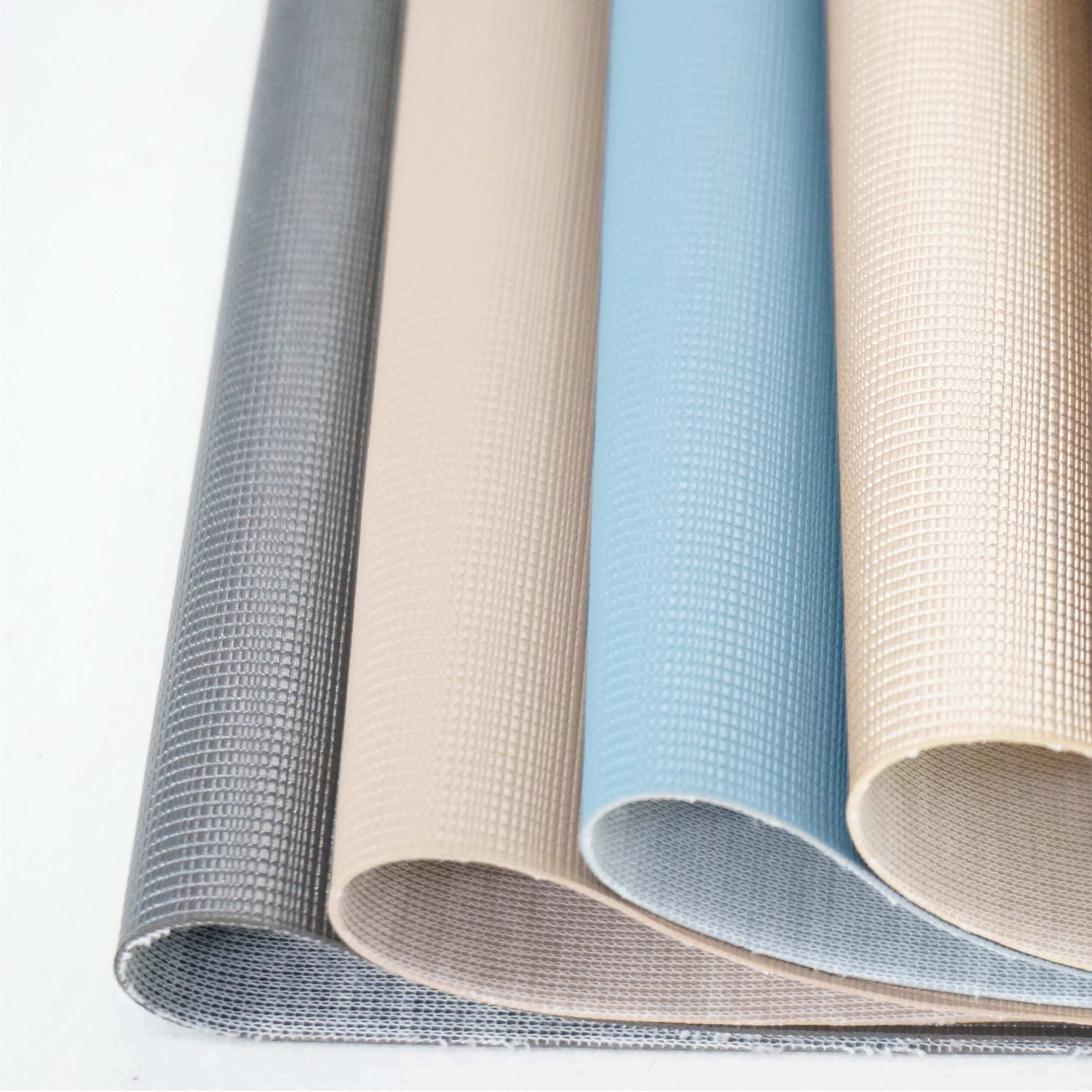Email format error
Email cannot be empty
Email already exists
6-20 characters(letters plus numbers only)
The password is inconsistent
Email format error
Email cannot be empty
Email does not exist
6-20 characters(letters plus numbers only)
The password is inconsistent

News

Artificial Leather Manufacturers in China
In the realm of materials, where the quest for sustainability meets the demand for luxury, China stands at the forefront with its artificial leather manufacturers. But what exactly is artificial leather, and how has China become a global powerhouse in this industry? This blog post will take you on a journey through the Chinese synthetic leather landscape, exploring the technology behind it, the environmental impact, and the future of this innovative material.
What is Artificial Leather?
Artificial leather, also known as faux leather or synthetic leather, is a versatile material designed to mimic the look, feel, and durability of genuine leather. It is typically made from polyurethane (PU) or polyvinyl chloride (PVC) and is often chosen for its affordability, variety, and ethical considerations over natural leather.
The Rise of China in Artificial Leather Production
China's ascent to dominance in the artificial leather market is a story of innovation, economic growth, and strategic development. With a robust manufacturing base and a deep understanding of global consumer trends, Chinese manufacturers have honed their craft to cater to a wide range of industries, from fashion and upholstery to automotive and technology.
Key Players and Manufacturing Hubs
China is home to numerous artificial leather manufacturers, each with its own specialization and market focus. Major hubs include the provinces of Guangdong, Zhejiang, and Jiangsu, which are known for their advanced production facilities and competitive pricing.
Guangdong Province
Known for its high-quality PU leather, Guangdong is a hub for both domestic and international brands looking for premium synthetic materials.
Zhejiang Province
Zhejiang has a strong presence in the production of eco-friendly, water-based artificial leather, catering to the growing demand for sustainable products.
Jiangsu Province
Jiangsu is recognized for its large-scale manufacturing capabilities and plays a significant role in supplying the automotive and furniture industries.
The Technology Behind Artificial Leather
The process of creating artificial leather is a complex blend of chemistry, textile engineering, and design. Here's a glimpse into the technology that brings this material to life:
Base Fabric Creation
The base fabric, often made from polyester or polyamide, is woven or knitted to provide structure and durability.
Coating and Finishing
Specialized coatings are applied to the fabric to give it the appearance and texture of leather. This can include embossing to mimic the grain of natural leather.
Finishing Processes
Additional treatments, such as water resistance and stain protection, are applied to enhance the performance of the artificial leather.
Environmental Considerations and Sustainability
The environmental impact of artificial leather has been a topic of debate. While it does not require the same resource-intensive processes as natural leather, the production of synthetic materials can have its own set of environmental challenges.
Advantages
- Resource Efficiency: Artificial leather uses fewer natural resources and does not involve animal husbandry.
- Sustainability: Many Chinese manufacturers are investing in water-based and solvent-free production processes to reduce environmental impact.
Challenges
- Waste Management: The disposal and recycling of artificial leather products can be complex.
- Chemical Usage: The production involves chemicals that need to be managed responsibly to avoid environmental harm.
The Future of Artificial Leather in China
As the world moves towards more sustainable practices, Chinese artificial leather manufacturers are at the forefront of innovation, exploring new materials and processes to reduce their environmental footprint.
Innovation in Materials
Research into new types of artificial leather, such as those made from pineapple fibers or other bio-based materials, is ongoing.
Circular Economy
Manufacturers are looking at ways to integrate artificial leather into a circular economy model, where products are designed for reuse and recycling.
Customization and Personalization
With advancements in digital printing and manufacturing technologies, personalized artificial leather products are becoming more accessible.
Conclusion: The Synthetic Symphony of Chinese Manufacturing
China's artificial leather manufacturers are not just producers; they are innovators, driving the industry forward with technology, sustainability, and design. As the global market for artificial leather continues to grow, China's role in shaping this future is undeniable. The next time you touch a piece of synthetic leather, remember the intricate dance of science, industry, and creativity that has come together to create that experience.
In a world where choices are increasingly scrutinized for their impact, artificial leather from China offers a compelling alternative, marrying style with sustainability and setting the stage for a future where luxury meets eco-consciousness.

